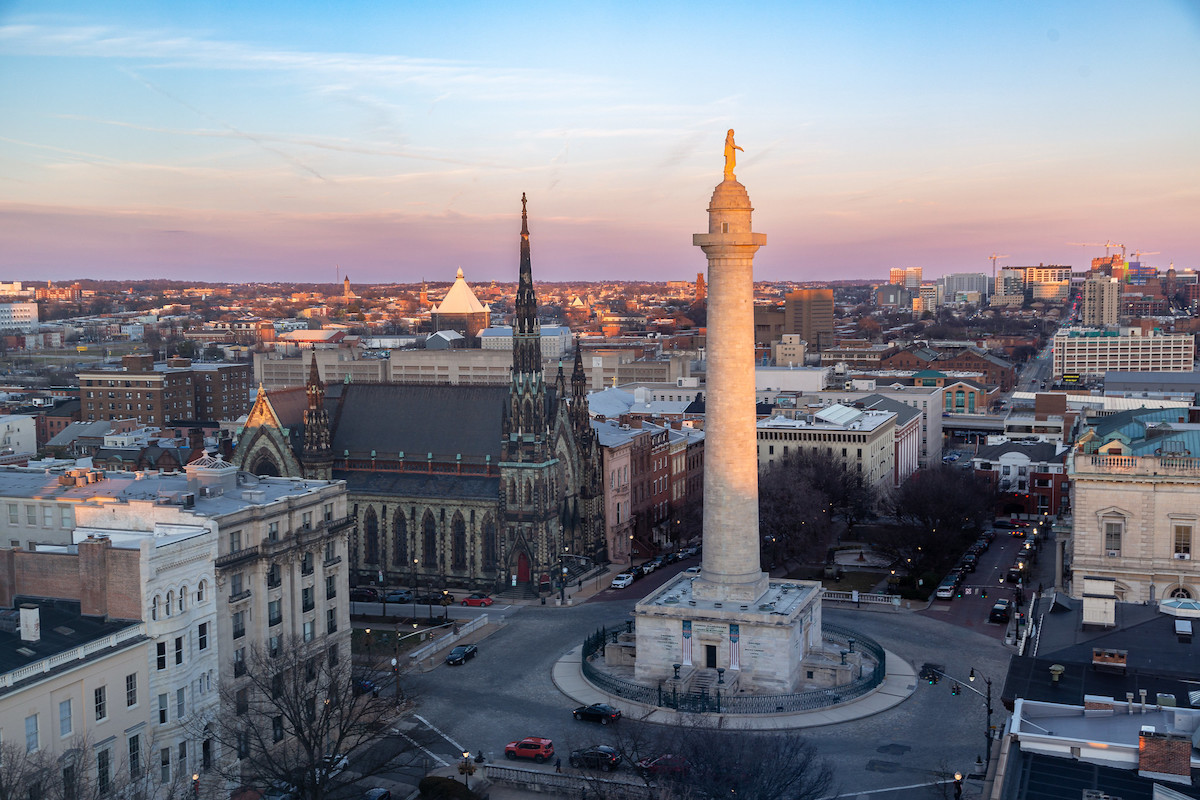As Baltimore continues its path to becoming a leading data-driven city and tech center, with the support of a governor who publicly champions both components, it’s worth asking: Where exactly does the Baltimore region’s tech fortunes stand right now?
This year, Technical.ly unveiled the beta version of its Tech Economy Dashboard (TED), which uses proprietary data sourced from the labor analytics company Lightcast. TED allows technologists in any of the seven cities and regions it monitors to measure changes and trends in their local tech workforces.
According to TED, the Baltimore region encompasses nearly 3 million people, with around 600,000 residing within the city itself. The dashboard also counts 62,742 tech industry jobs and 86,792 tech occupations, with the latter defined as any role the federal government logs as “Computer and Information Technology” jobs regardless of industry.
The figures within this platform offer insights into various trends, including possible resiliency in computer science for Baltimore as compared to other US regions’ workforces. Here are some notable trends when it comes to the science in and around Baltimore:
1. Computer and information systems manager positions are top-earning roles
As of Oct. 23, 2023, computer and information systems managers in Delaware earned between $153,432 and $231,185 annually, whereas their counterparts in Baltimore made between $126,830 and $197,764.
2. Good skills to have
Despite higher wages in Delaware, the labor pool for computer science and tech skills in Baltimore remains robust. In 2021, local schools awarded 650 general computer and information sciences degrees, 432 mechanical engineering degrees and 106 degrees in aerospace, aeronautical and/or space engineering fields.
Moreover, of the myriad unique job postings in the last 30 days before Oct. 23, 2023, major skills requested included computer science (2,713 postings), systems engineering (1,642), software engineering (1,619), Python (1,404), Linux (1,319) and Agile (1,365).
3. Job market challenges persist
Despite the demand, the unique postings with those aforementioned skills dropped by rates between 21.5% (systems engineering) and 27.6% (computer science) in those 30 days. These decreases may reflect the reality of recent layoffs even among top employers; for instance, Leidos, whose 433 unique job postings are the largest of any company in the region, recently laid off Baltimore-area staffers and had a 15.9% loss of postings in the last month.
4. Baltimore’s tech workforce is relatively racially diverse, compared to nearby regions
TED notes that the region’s applicable workers are 56.6% white, 22.4% Black, 14.5% Asian, 3.7% Hispanic and 2.5% two or more races. While those figures reflect a smaller percentage of people of color than DC, whose tech professionals are 52.2% white, they demonstrate a less white scene than Philadelphia (67.4% white) and Pittsburgh (80.5% white).
Moreover, while the Baltimore figures don’t reflect the reality of the city being over 60% Black, the region’s percentage of Black tech workers is higher than that of any other market TED surveyed, save for Atlanta (23.5%).







